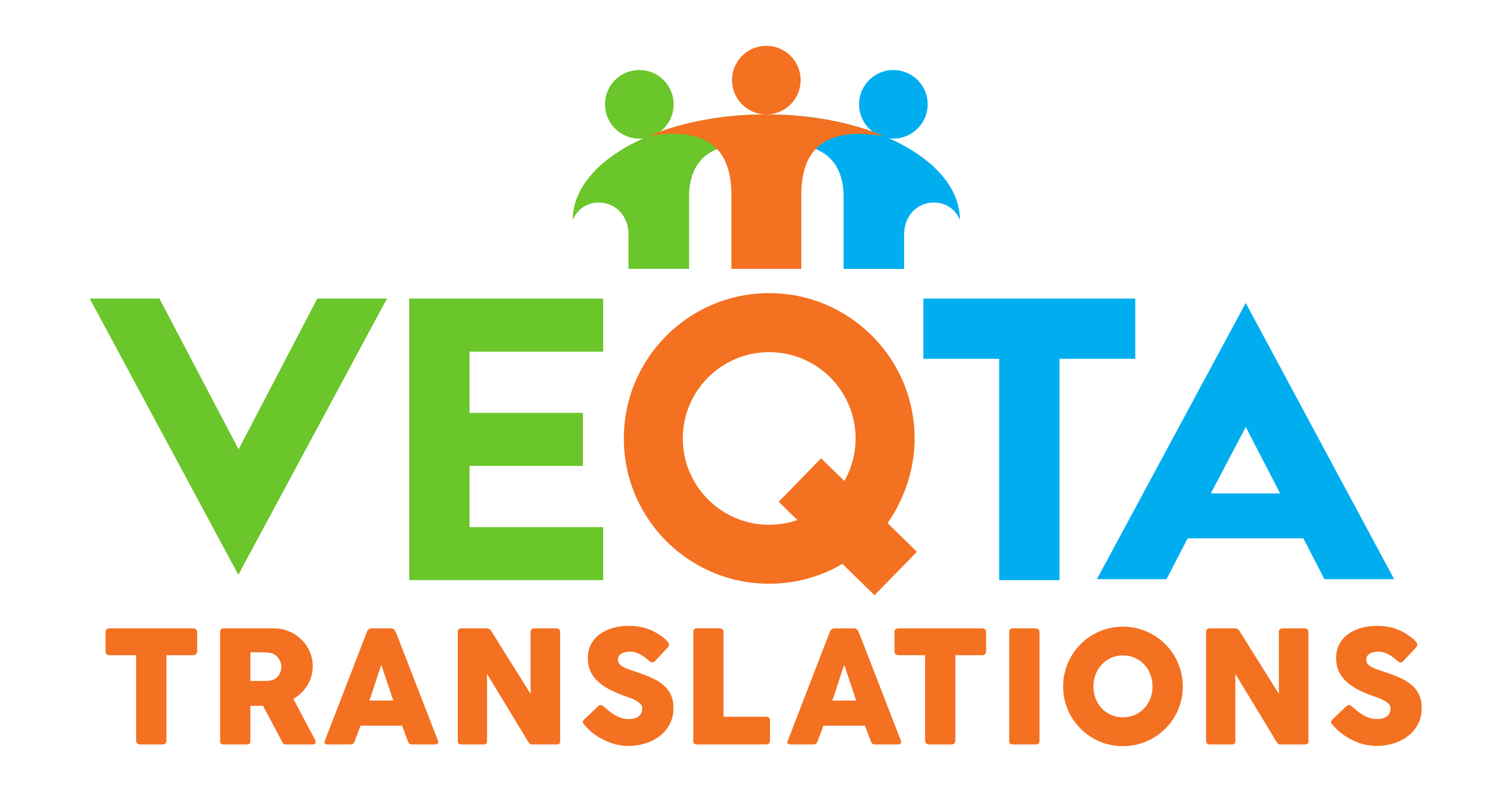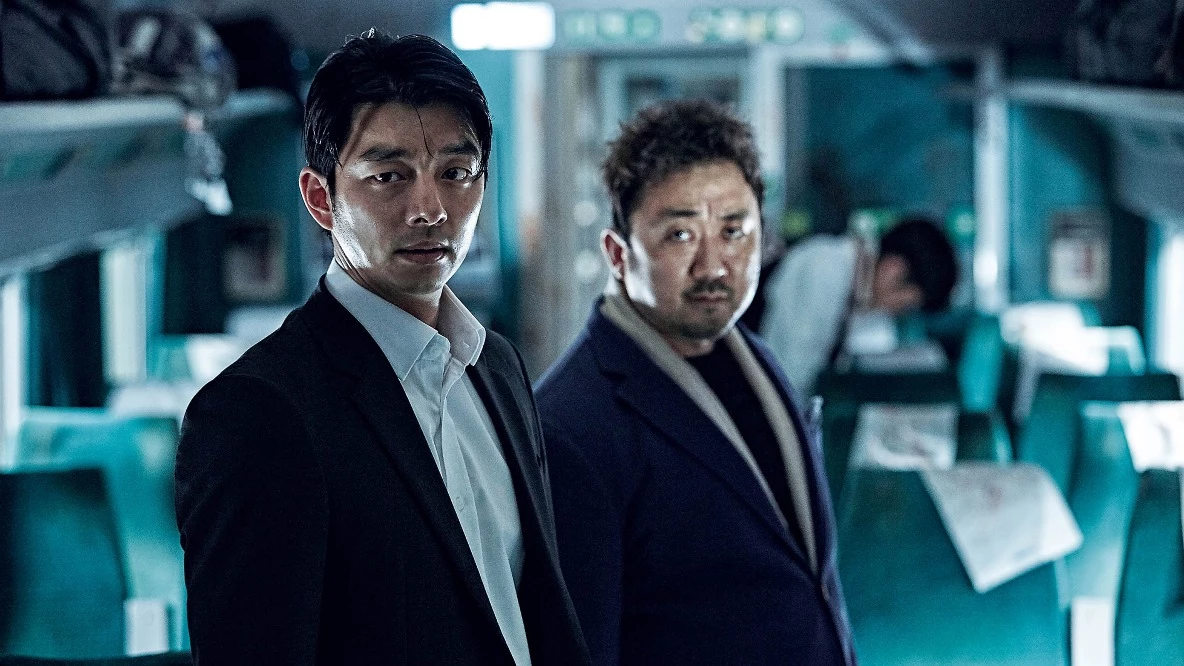The power of film lies not only in visuals and storytelling but also in the language that conveys emotion, culture, and nuance. In the world of global cinema, Korean to English Localization has become a defining factor in how audiences beyond Korea experience its stories. As Korean cinema continues to capture global attention, the accuracy, creativity, and cultural sensitivity of its translation work have never been more vital. This article examines five landmark films that successfully crossed borders, exploring the translation choices that helped them connect with global audiences.
- Parasite: A Masterclass in Subtlety and Social Layers
BongJoon-ho’s Parasite became the first non-English film to win Best Picture at the Oscars. But behind its success was a meticulous translation effort. Subtitles were rewritten multiple times to capture the biting social commentary. For instance, “jjapaguri” (a mix of two instant noodles) was localized as “ram-don” — a term that kept the humor while making sense to international viewers. - Train to Busan: Translating Panic and Humanity
In Train to Busan, translators had to balance adrenaline-pumping action with emotional dialogue. The Korean phrases expressing familial respect and hierarchy were restructured into natural English exchanges that maintained urgency and emotional resonance. - Minari: When Korean and English Coexist
Though Minar* was largely in Korean, its bilingual nature made it a linguistic bridge. Translators focused on contextual subtitling that preserved immigrant emotional tension, especially in lines referring to generational identity and faith. - Oldboy: Localizing Noir Without Diluting Darkness
Park Chan-wook’s Oldboy presented immense challenges due to idioms and violent undertones. Translators retained the gritty realism by avoiding over-polished English and focusing on cultural equivalence — especially in monologues on revenge and isolation. - The Handmaiden: Sensuality and Social Hierarchy in Translation
Adapting The Handmaiden for global audiences required finesse. The translators worked closely with cultural consultants to ensure Victorian English matched the era’s class distinctions without sounding archaic.
The Subtlety of Social Commentary
One of the core challenges in translating Korean films lies in social and class-based nuances. Korean dialogue often includes layers of politeness, hierarchy, and coded criticism. When these elements are localized, translators must preserve meaning without sounding unnatural. Translators frequently use adaptive phrasing—replacing idioms with culturally comparable expressions—so that the essence of critique or humor is not lost.
Localizing Emotion Beyond Words
In Korean storytelling, silence and tone often speak louder than words. Translators must understand the emotional gravity behind a single sigh or pause. Instead of literal word-for-word conversion, they rely on emotional equivalence. For example, a simple expression of regret might be translated into a phrase that fits English conversational rhythm while retaining depth.
Visual Symbols and Cultural Translation
A translator’s task extends beyond text to visual symbols. Scenes featuring cultural customs—such as bowing or offering with two hands—require thoughtful context-setting. Subtitles alone may not suffice; translators sometimes collaborate with directors to ensure nonverbal cues are understood, balancing explanation with immersion.
Humor, Irony, and Wordplay
Korean humor, especially puns or wordplay, rarely survives direct translation. To maintain comedic effect, translators employ what’s known as adaptive humor, where jokes are rewritten into culturally familiar equivalents while keeping rhythm and timing intact. This preserves engagement without betraying intent.
Preserving Dialect and Accent
Regional dialects in Korean film add flavor and authenticity. Translators face the dilemma of representing dialects in English subtitles—should they use regional English slang or neutral phrasing? Most opt for neutral but contextually rich English, maintaining clarity while hinting at regional difference through phrasing or tone.
Maintaining Hierarchical Language
Honorifics such as “-nim,” “-ssi,” or “sunbae” convey respect and social order. Translators typically omit them but adjust sentence structure to preserve tone. When a younger character addresses an elder, respectful phrasing is used even if the literal honorifics disappear.
Conclusion
The global success of these Korean films demonstrates how Korean to English Localization/Translation can elevate art across borders. When translators approach language with empathy and craftsmanship, stories once confined by geography evolve into universal narratives that move audiences worldwide.
FAQs
1. Why is localization so important for Korean films?
Because it bridges cultural gaps and ensures that stories resonate authentically with English-speaking audiences.
2. How do translators handle wordplay or humor?
They adapt the humor to suit English audiences while keeping timing and tone consistent.
3. What are cultural consultants’ roles in film translation?
They ensure culturally specific gestures and expressions are represented accurately.
4. How are dialects localized without losing authenticity?
By adjusting tone and vocabulary to subtly suggest regional variation without confusing viewers.
5. What defines successful film localization?
Accuracy, emotional resonance, and respect for the original creator’s intent.


